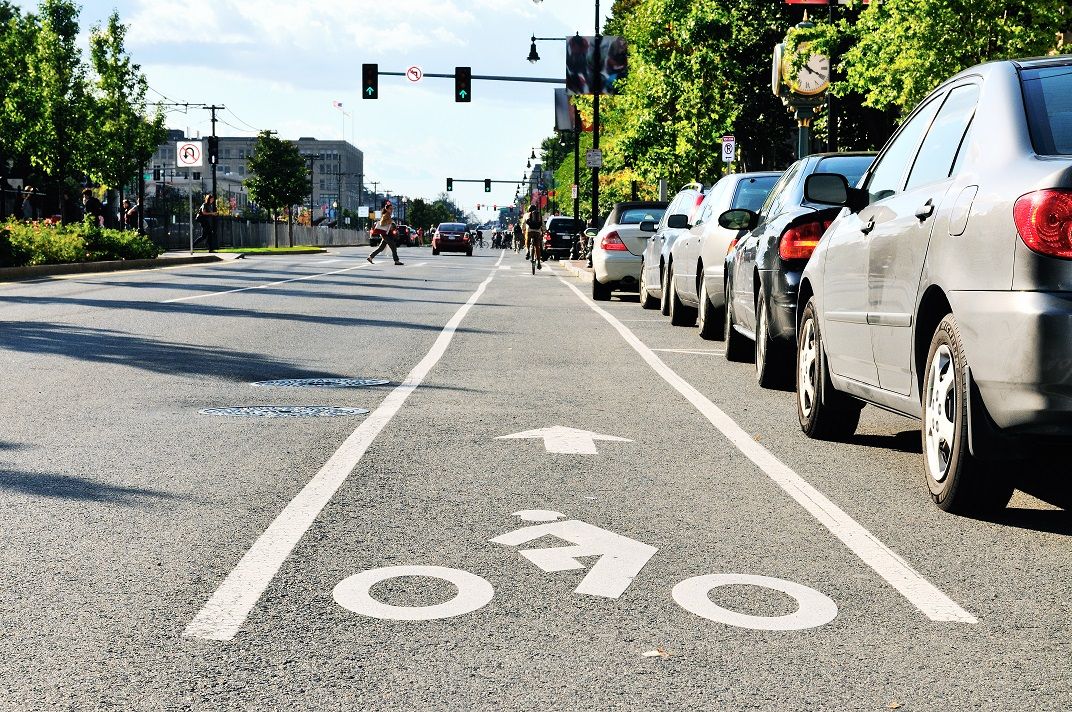Micro mobility: The solution to the First & last mile challenge
Micro mobility refers to light vehicles designed to carry one or two passengers. This includes everything from bicycles, small electric cars, and the latest trend within micro mobility: electric scooters. The purpose of micro mobility vehicles is to fill in the gaps in a city’s traffic infrastructure, also known as the: “First/Last mile problem”.
The use and development of micro mobility solutions and vehicles is growing rapidly. In some cases, too fast. They bring a lot to the table in terms of creating a better flow in a city’s traffic, lessening emissions and providing an alternative form of transportation. But there have recently emerged some issues with the use of micro mobility vehicles. The most recent critique being aimed at electric scooters and how they are a danger to both the driver themselves and pedestrians.
A city’s first objective is to create a safe, effective and environmentally kind traffic situation for everyone on the road and sidewalk. Micro mobility solutions and vehicles is a step in this direction. But, the process of a mass-scale city revamp where micro mobility vehicles are integrated in an efficient manner is both a time-consuming and complicated process.
SWARCO has a long and good experience with traffic solutions that supports micro mobility, and we can help you and your city with smart micro mobility solutions and systems and create a safe traffic environment, with a smooth flow of traffic, and a minimized environmental footprint.

What is the First/Last mile challenge?
The FM/LM challenge refers to the issue within a city’s infrastructure where not everyone can live or work within walking distance of a public transport system. Unfortunately, city planners can’t always simply add more roads or stops for trains and buses since the expenses might be too high or it creates other undesirable traffic situations. This long distance between home or work and public transport discourages many commuters to use it and instead choose the car, and by doing so furthering the problems within urban areas and cities regarding traffic congestion, parking problems and auto emissions. By investing in micro mobility vehicles and systems, the city can fill in the gap and create effective door-to-door transportation that benefits everyone involved.
Electric scooters
Electric scooters, one of the latest trends within micro mobility which have been both highly critiqued and praised.
It’s praised because it’s a great solution for the short, everyday trips people take every day between home and work and allows us to leave the car in the garage and help alleviate traffic congestion and reduce emissions.
It’s at the same time being heavily criticised. For example: The “electric scooter wars” between different electric scooter companies, scooters standing or lying in the middle of a road or sidewalk, and people driving recklessly and hurting themselves or others. The electric scooters are still just in its infant stage and there is big room for improvements.
We at SWARCO possess both the expertise and resources to help solve these challenges. We truly believe that micro mobility is a necessary thing to introduce in urban areas to help alleviate some of its current problems: congestion, trying to find a parking spot, and emissions.

SWARCO micro mobility
Micro mobility is growing, just as we at SWARCO are. But using micro mobility on a large scale still needs to mature, develop and be optimized before it will be able to become a fully integrated and effective part of a city. With SWARCO you can make this happen a little bit sooner. SWARCO always try to be one step ahead and we have since a long time offered micro mobility solutions in the shape of a Green Wave for bikes. We are also currently working on implementing C-ITS and V2X for micro mobility vehicles. This include signal priority mobile applications for micro mobility vehicles. Mobile phones with the application will automatically be recognized when approaching a traffic signal and turn it green.
Our smart traffic solutions helps city planners, micro mobility companies and the public take the step towards creating the smart and green cities of tomorrow.
